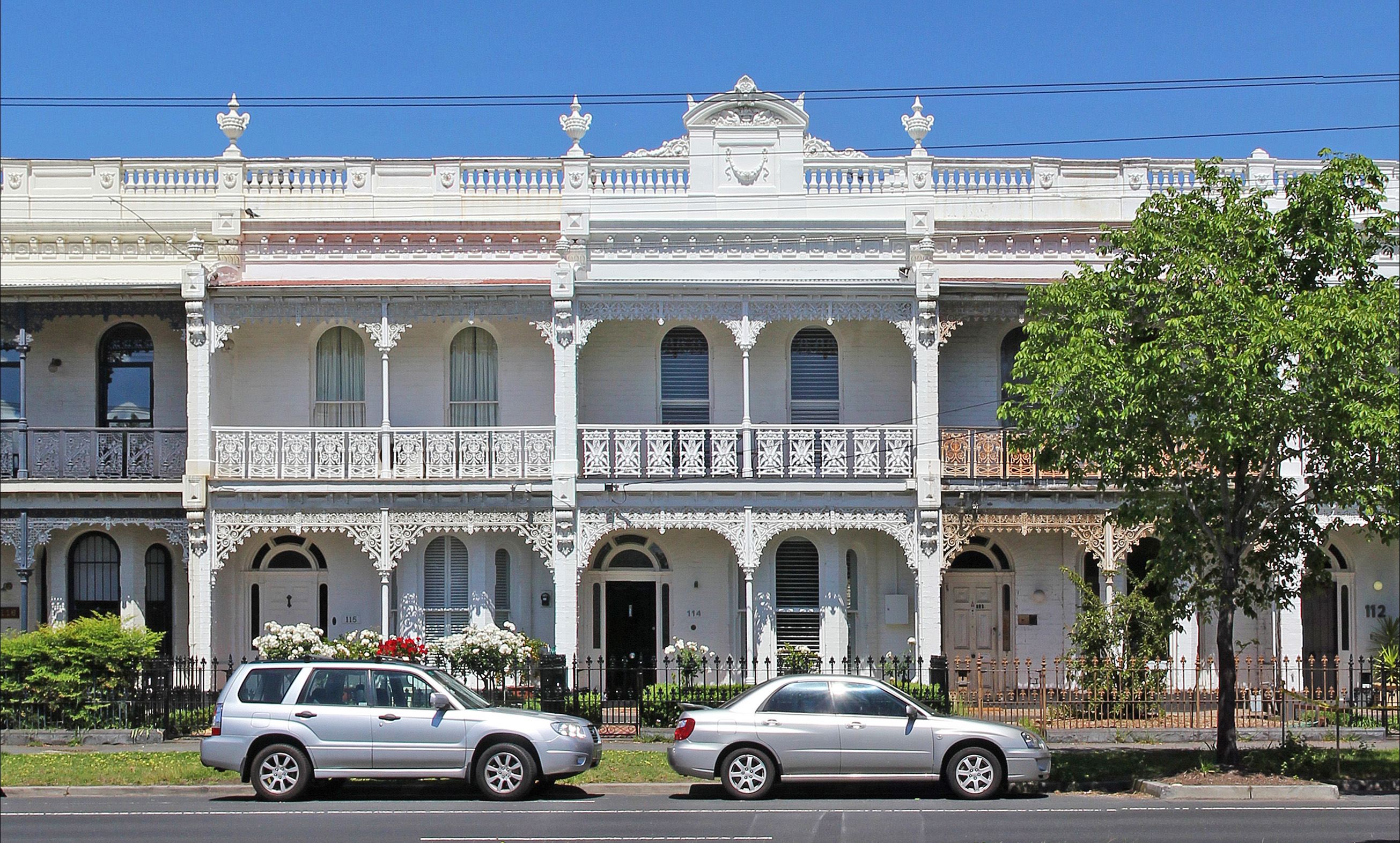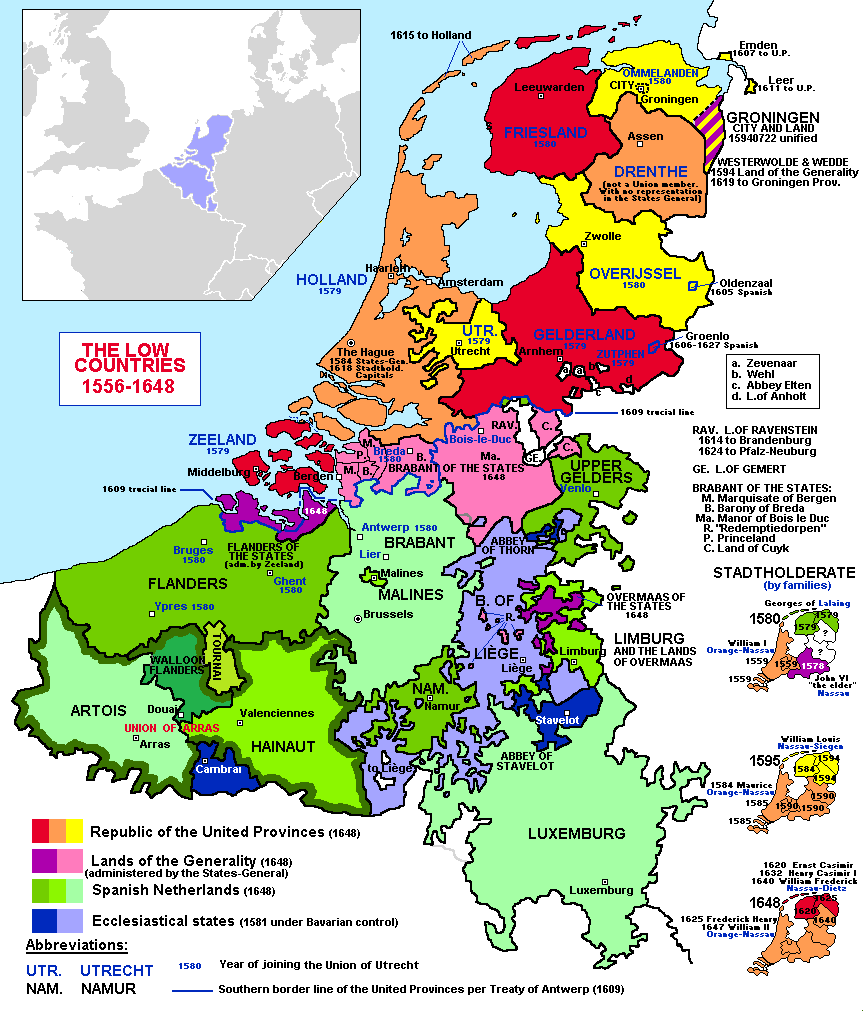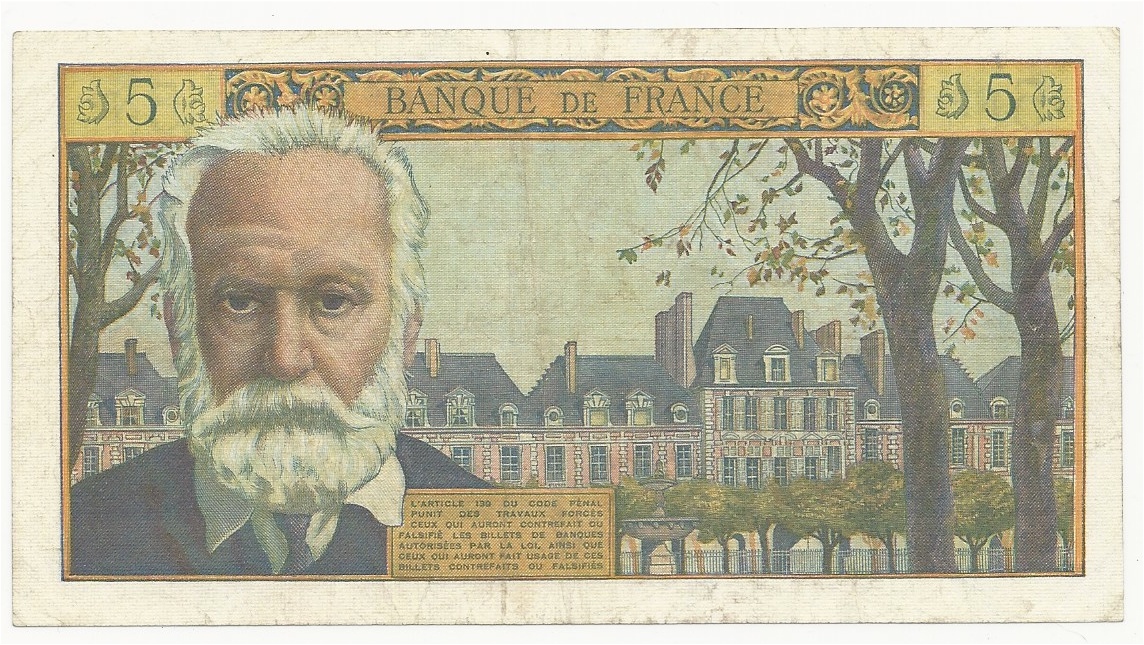|
Terraced Houses In Australia
Terraced houses in Australia are mostly Victorian and Edwardian era terraced houses or replicas, almost always found in the older, inner city areas of the major cities, mainly Sydney and Melbourne. Terraced housing was introduced to Australia in the 19th century. Their architectural work was based on those in London and Paris, which had the style a century earlier. Large numbers of terraced houses were built in the inner suburbs of large Australian cities, particularly Sydney and Melbourne, mainly between the 1850s and the 1890s. The beginning of this period coincided with a population boom caused by the Victorian and New South Wales Gold Rushes of the 1850s and finished with an economic depression in the early 1890s. Detached housing became the popular style of housing in Australia following Federation in 1901. With artificial urban boundaries, new townhouse type developments—often nostalgically evoking old style terraces in a modern style—returned to the favour of local ... [...More Info...] [...Related Items...] OR: [Wikipedia] [Google] [Baidu] |
Victorian Terrace On Canterbury Road, Middle Park
Victorian or Victorians may refer to: 19th century * Victorian era, British history during Queen Victoria's 19th-century reign ** Victorian architecture ** Victorian house ** Victorian decorative arts ** Victorian fashion ** Victorian literature ** Victorian morality ** Victoriana Other * ''The Victorians'', a 2009 British documentary * Victorian, a resident of the state of Victoria, Australia * Victorian, a resident of the provincial capital city of Victoria, British Columbia, Canada * RMS ''Victorian'', a ship * Saint Victorian (other), various saints * Victorian (horse) * Victorian Football Club (other), either of two defunct Australian rules football clubs See also * Neo-Victorian, a late 20th century aesthetic movement * Queen Victoria * Victoria (other) Victoria most commonly refers to: * Victoria (Australia), a state of the Commonwealth of Australia * Victoria, British Columbia, provincial capital of British Columbia, Canada * Victoria ( ... [...More Info...] [...Related Items...] OR: [Wikipedia] [Google] [Baidu] |
Central Business District
A central business district (CBD) is the commercial and business centre of a city. It contains commercial space and offices, and in larger cities will often be described as a financial district. Geographically, it often coincides with the "city centre" or "downtown". However, these concepts are not necessarily synonymous: many cities have a central ''business'' district located away from its commercial and or cultural centre and or downtown/city centre, and there may be multiple CBDs within a single urban area. The CBD will often be characterised by a high degree of accessibility as well as a large variety and concentration of specialised goods and services compared to other parts of the city. For instance, Midtown Manhattan, New York City, is the largest central business district in the city and in the United States. London's city centre is usually regarded as encompassing the historic City of London and the medieval City of Westminster, while the City of London and the transform ... [...More Info...] [...Related Items...] OR: [Wikipedia] [Google] [Baidu] |
Renaissance In The Low Countries
The Renaissance in the Low Countries was a cultural period in the Northern Renaissance that took place in around the 16th century in the Low Countries (corresponding to modern-day Belgium, the Netherlands and French Flanders). Culture in the Low Countries at the end of the 15th century was influenced by the Italian Renaissance, through trade via Bruges, which made Flanders wealthy. Its nobles commissioned artists who became known across Europe. In science, the anatomist Andreas Vesalius led the way; in cartography, Gerardus Mercator's map assisted explorers and navigators. In art, Dutch and Flemish Renaissance painting went from the strange work of Hieronymus Bosch to the everyday life of Pieter Brueghel the Elder. In architecture, music and literature too, the culture of the Low Countries moved into the Renaissance style. Geopolitical situation and background In 1500, the Seventeen Provinces were in a personal union under the Burgundian Dukes, and with the Flemish cities as cent ... [...More Info...] [...Related Items...] OR: [Wikipedia] [Google] [Baidu] |
Canal House
A canal house ( nl, grachtenpand) is a (usually old) house overlooking a canal. These houses are often slim, high and deep. Canal houses usually had a basement and a loft and attic where trade goods could be stored. A special beam or pulley installation would be located in the attic to hoist up valuable goods, like spices, cotton, or heavier stuff like cocoa. In recent times, the pulleys are only used (albeit rarely) for moving furniture. At the back of a canal house, there will usually be a back garden that runs either halfway or to the house behind. The garden would be laid out to the taste of the time and the financial position of the owner. At the bottom of the garden, there was sometimes a summerhouse where family and visitors could relax. In the second half of the 17th century, there would sometimes be built a rear extension of the building and linked by a passage to the front house. The courtyard ensured light. It could be used for many purposes, and during World War ... [...More Info...] [...Related Items...] OR: [Wikipedia] [Google] [Baidu] |
Place Des Vosges
The Place des Vosges (), originally Place Royale, is the oldest planned square in Paris, France. It is located in the ''Marais'' district, and it straddles the dividing-line between the 3rd and 4th arrondissements of Paris. It was a fashionable and expensive square to live in during the 17th and 18th centuries, and one of the main reasons for the chic nature of Le Marais among the Parisian nobility. History Originally known as Place Royale, ''Place des Vosges'' was built by Henri IV from 1605 to 1612. A true square (140 m × 140 m), it embodied one of the first European programs of royal city planning (The Plaza Mayor in Madrid, begun in 1590, precedes it). It was built on the site of the Hôtel des Tournelles and its gardens: At a tournament at the Tournelles, a royal residence, Henri II was wounded and died. Catherine de' Medici had the Gothic complex demolished, and she moved to the Louvre Palace. Place des Vosges, inaugurated in 1612 with a grand ''carrousel'' to celeb ... [...More Info...] [...Related Items...] OR: [Wikipedia] [Google] [Baidu] |
Vicars' Close, Wells
Vicars' Close, in Wells, Somerset, England, is claimed to be the oldest purely residential street with original buildings surviving intact in Europe. John Julius Norwich called it "that rarest of survivals, a planned street of the mid-14th century". It comprises numerous Grade I listed buildings, comprising 27 residences (originally 44), built for Bishop Ralph of Shrewsbury, a chapel and library at the north end, and a hall at the south end, over an arched gate. It is connected at its southern end to the cathedral by a walkway over Chain Gate. The Close is about long, and paved with setts. Its width is tapered by to make it look longer when viewed from the main entrance nearest the cathedral. When viewed from the other end it looks shorter. By the nineteenth century the buildings were reported to be in a poor state of repair, and part of the hall was being used as a malt house. Repairs have since been carried out including the construction of Shrewsbury House to replace bui ... [...More Info...] [...Related Items...] OR: [Wikipedia] [Google] [Baidu] |
Gothic Architecture
Gothic architecture (or pointed architecture) is an architectural style that was prevalent in Europe from the late 12th to the 16th century, during the High and Late Middle Ages, surviving into the 17th and 18th centuries in some areas. It evolved from Romanesque architecture and was succeeded by Renaissance architecture. It originated in the Île-de-France and Picardy regions of northern France. The style at the time was sometimes known as ''opus Francigenum'' (lit. French work); the term ''Gothic'' was first applied contemptuously during the later Renaissance, by those ambitious to revive the architecture of classical antiquity. The defining design element of Gothic architecture is the pointed or ogival arch. The use of the pointed arch in turn led to the development of the pointed rib vault and flying buttresses, combined with elaborate tracery and stained glass windows. At the Abbey of Saint-Denis, near Paris, the choir was reconstructed between 1140 and 1144, draw ... [...More Info...] [...Related Items...] OR: [Wikipedia] [Google] [Baidu] |
Gentrified
Gentrification is the process of changing the character of a neighborhood through the influx of more affluent residents and businesses. It is a common and controversial topic in urban politics and planning. Gentrification often increases the economic value of a neighborhood, but the resulting demographic displacement may itself become a major social issue. Gentrification often sees a shift in a neighborhood's racial or ethnic composition and average household income as housing and businesses become more expensive and resources that had not been previously accessible are extended and improved. The gentrification process is typically the result of increasing attraction to an area by people with higher incomes spilling over from neighboring cities, towns, or neighborhoods. Further steps are increased investments in a community and the related infrastructure by real estate development businesses, local government, or community activists and resulting economic development, increased a ... [...More Info...] [...Related Items...] OR: [Wikipedia] [Google] [Baidu] |
Slums
A slum is a highly populated urban residential area consisting of densely packed housing units of weak build quality and often associated with poverty. The infrastructure in slums is often deteriorated or incomplete, and they are primarily inhabited by impoverished people.What are slums and why do they exist? UN-Habitat, Kenya (April 2007) Although slums are usually located in s, in some countries they can be located in s where housing quality is low and living conditions are poor. While slums differ in size and o ... [...More Info...] [...Related Items...] OR: [Wikipedia] [Google] [Baidu] |
Semi-detached
A semi-detached house (often abbreviated to semi) is a single family duplex dwelling house that shares one common wall with the next house. The name distinguishes this style of house from detached houses, with no shared walls, and terraced houses, with a shared wall on both sides. Often, semi-detached houses are built in pairs in which each house's layout is a mirror image of the other's. Semi-detached houses are the most common property type in the United Kingdom (UK). They accounted for 32% of UK housing transactions and 32% of the English housing stock in 2008. Between 1945 and 1964, 41% of all properties built were semis. After 1980, the proportion of semis built fell to 15%. History of the semi-detached house in the United Kingdom Housing the rural working classes Housing for the farm labourer in 1815 typically had one downstairs room with an extension for a scullery and pantry, and two bedrooms upstairs. The house would be of brick, stone if it occurred locally, or cob ... [...More Info...] [...Related Items...] OR: [Wikipedia] [Google] [Baidu] |
Cast Iron
Cast iron is a class of iron–carbon alloys with a carbon content more than 2%. Its usefulness derives from its relatively low melting temperature. The alloy constituents affect its color when fractured: white cast iron has carbide impurities which allow cracks to pass straight through, grey cast iron has graphite flakes which deflect a passing crack and initiate countless new cracks as the material breaks, and ductile cast iron has spherical graphite "nodules" which stop the crack from further progressing. Carbon (C), ranging from 1.8 to 4 wt%, and silicon (Si), 1–3 wt%, are the main alloying elements of cast iron. Iron alloys with lower carbon content are known as steel. Cast iron tends to be brittle, except for malleable cast irons. With its relatively low melting point, good fluidity, castability, excellent machinability, resistance to deformation and wear resistance, cast irons have become an engineering material with a wide range of applications and are ... [...More Info...] [...Related Items...] OR: [Wikipedia] [Google] [Baidu] |
Stucco
Stucco or render is a construction material made of aggregates, a binder, and water. Stucco is applied wet and hardens to a very dense solid. It is used as a decorative coating for walls and ceilings, exterior walls, and as a sculptural and artistic material in architecture. Stucco can be applied on construction materials such as metal, expanded metal lath, concrete, cinder block, or clay brick and adobe for decorative and structural purposes. In English, "stucco" sometimes refers to a coating for the outside of a building and "plaster" to a coating for interiors; as described below, however, the materials themselves often have little to no differences. Other European languages, notably Italian, do not have the same distinction; ''stucco'' means ''plaster'' in Italian and serves for both. Composition The basic composition of stucco is cement, water, and sand. The difference in nomenclature between stucco, plaster, and mortar is based more on use than composition. Until ... [...More Info...] [...Related Items...] OR: [Wikipedia] [Google] [Baidu] |

.jpg)


.jpg)



